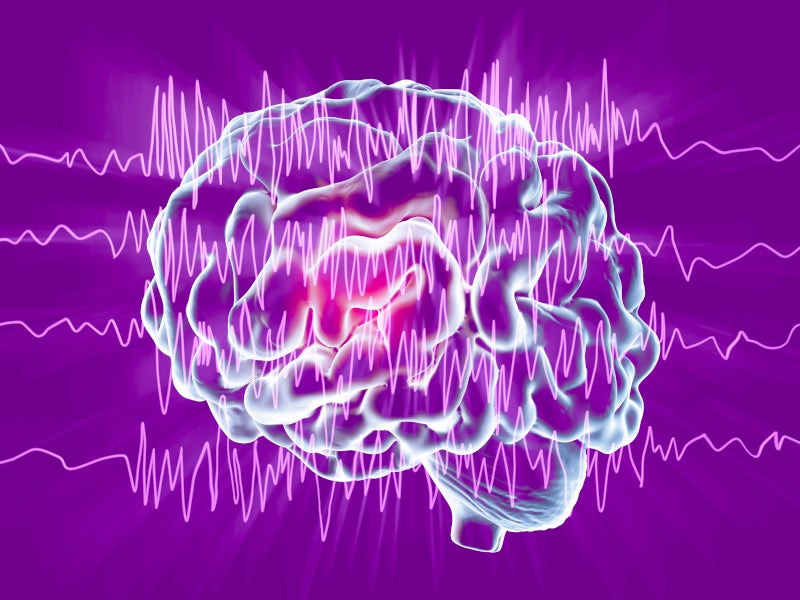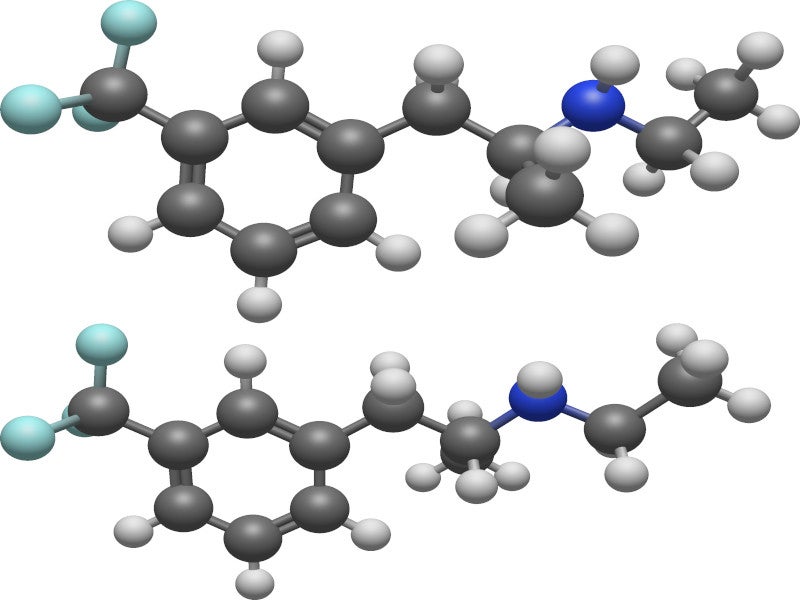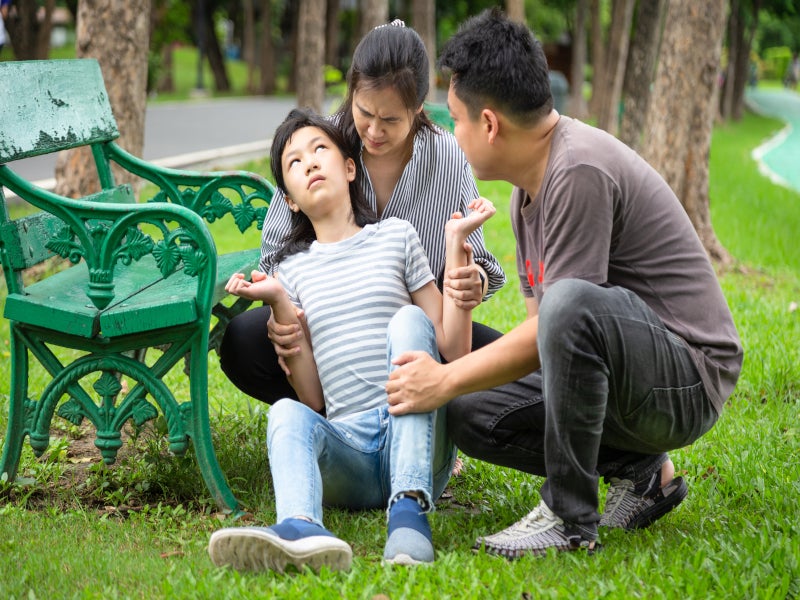FINTEPLA® (fenfluramine) is indicated for the treatment of seizures associated with Dravet syndrome (DS) and Lennox-Gastaut syndrome (LGS) in patients aged two years and older.
Originally developed by the US-based biopharmaceutical company Zogenix, FINTEPLA moved into the portfolio of UCB, a biopharmaceutical company based in Belgium, following the acquisition of the former in March 2022.
Fenfluramine is marketed by Nippon Shinyaku, a Japanese pharmaceutical company, in Japan, through an exclusive distribution agreement signed between Zogenix and Nippon Shinyaku in March 2019.
A restricted distribution programme named FINTEPLA Risk Evaluation and Mitigation Strategy allows access to fenfluramine in the US. FINTEPLA is available in Europe through a regulated access programme initiated by the European Medicines Agency. The programme aims to prevent the off-label use of the drug for weight management purposes and ensure that prescribing healthcare providers are well-informed about the need for regular cardiac monitoring in patients receiving FINTEPLA.
FINTEPLA is available as a clear, colourless, cherry-flavoured liquid containing 2.2mg/ml of fenfluramine for oral administration.
Regulatory approvals for FINTEPLA
The US Food and Drug Administration (FDA) approved FINTEPLA for the treatment of DS-associated seizures in patients aged two and above, in June 2020.
The European Commission approved the drug as an add-on therapy to currently available anti-epileptic drugs for the treatment of seizures associated with DS in patients aged two years and older in December 2020.
The Japan Ministry of Health, Labour & Welfare (MHLW) granted orphan drug designation to FINTEPLA in August 2021, which was followed by the submission of a new drug application for the drug by the company to the MHLW in December 2021.
In the same month, the company’s supplementary new drug application for FINTEPLA to treat seizures associated with LGS was accepted by the FDA for review, under priority review. The drug was approved for the same in the US in March 2022.
FINTEPLA was approved in Japan for the treatment of seizures associated with DS as an add-on therapy to other anti-epileptic medicines for patients aged two years and older in September 2022.
FINTEPLA was approved in Europe for adjunctive treatment of LGS-related seizures in patients aged two years and older in February 2023.
Nippon submitted an additional application for FINTEPLA for the treatment of seizures in patients with LGS to the MHLW in Japan in June 2023.
Seizures causes and symptoms
Seizures are short periods of uncontrollable impulses in the brain that cause changes in behaviour, movements, sensations and awareness. Epilepsy is defined as two or more seizures that occur at least 24 hours apart and have no known cause. There are several forms, each with its own set of symptoms and intensity, with the majority lasting from 30 seconds to two minutes. Seizures can develop as a result of strokes, brain traumas, infections such as meningitis, or other disorders.
DS is a typical form of paediatric epilepsy distinguished by severe seizures, hospitalisations, medical emergencies, developmental and motor delays and a higher chance of untimely death. The intensity and unpredictability of the illness might cause physical and mental issues for the family.
LGS is a severe form of intractable epilepsy that originates in infancy and childhood, leading to frequent falls and accidents. It is characterised by different treatment-resistant seizures, mental and behavioural difficulties, movement disorders and the need for round-the-clock care. Moreover, sudden unexpected death from epilepsy is a major concern for individuals living with LGS.
An estimated 30,000 to 50,000 individuals in the US suffer from LGS.
FINTEPLA’s mechanism of action
Fenfluramine is used to treat seizures linked to DS and LGS, although its exact mechanism of action is unclear. FINTEPLA exhibits dual activities to inhibit seizures. It acts as a 5-HT (serotonin) releaser with agonist activity at several 5-HT receptors and as a positive modulator of the Sigma-1 receptor.
Agonist action at serotonin 5-HT2 receptors is shown by fenfluramine and its metabolite, norfenfluramine.
Clinical trials on FINTEPLA
The FDA approval of FINTEPLA for DS seizures was based on two Phase Ⅲ clinical trials (Study 1 and Study 2).
The randomised, double-blind, placebo-controlled Phase Ⅲ clinical trials compared various strengths of FINTEPLA with placebo. The primary efficacy endpoint in both studies was the change in the frequency of convulsive seizures every 28 days during the treatment period.
In Study 1, a 0.7mg/kg/day and a 0.2mg/kg/day dose of FINTEPLA were compared with placebo in patients who were not receiving stiripentol. In Study 2, a 0.4mg/kg/day dose of FINTEPLA was compared with placebo in patients who were receiving stiripentol and either clobazam, valproate, or both.
In both studies, the reduction in convulsive seizure frequency every 28 days was found to be statistically significantly higher for all dosage groups of FINTEPLA compared to placebo.
The approval of FINTEPLA for DS in Europe was based on safety and efficacy results from two Phase Ⅲ trials and an interim analysis of a long-term open-label extension study including 330 DS patients treated for up to three years. FINTEPLA significantly decreased the frequency of convulsive seizures when taken with other antiepileptic medications.
The most common adverse reactions were reduced appetite, diarrhoea, pyrexia, weariness, upper respiratory tract infection, lethargy, somnolence and bronchitis.
The FDA approval of FINTEPLA for LGS was based on safety and efficacy data from a global, randomised, placebo-controlled Phase Ⅲ clinical trial enrolling 263 patients with LGS.
The trial showed that a 0.7/mg/kg/day dose of fenfluramine significantly reduced drop seizure frequency compared to placebo. About 25% of the patients taking fenfluramine at a daily dosage of 0.7mg/kg experienced a decrease in drop seizure frequency by at least 50% every 28 days. Among them, 18% saw a reduction of more than 50% but less than 75%, and 6% achieved a reduction exceeding 75%.
The most common adverse reactions were diarrhoea, reduced appetite, weariness, somnolence and vomiting.






